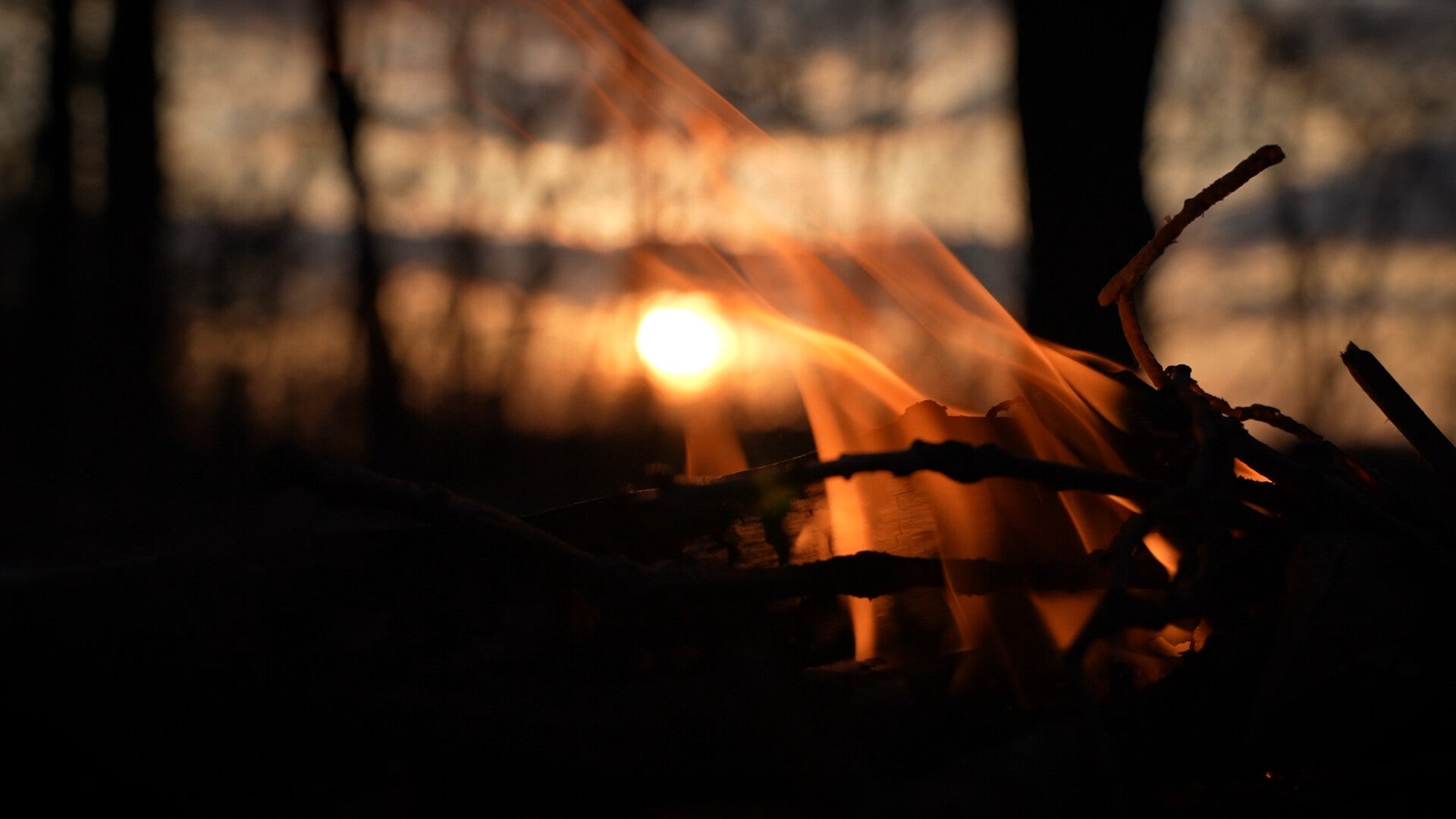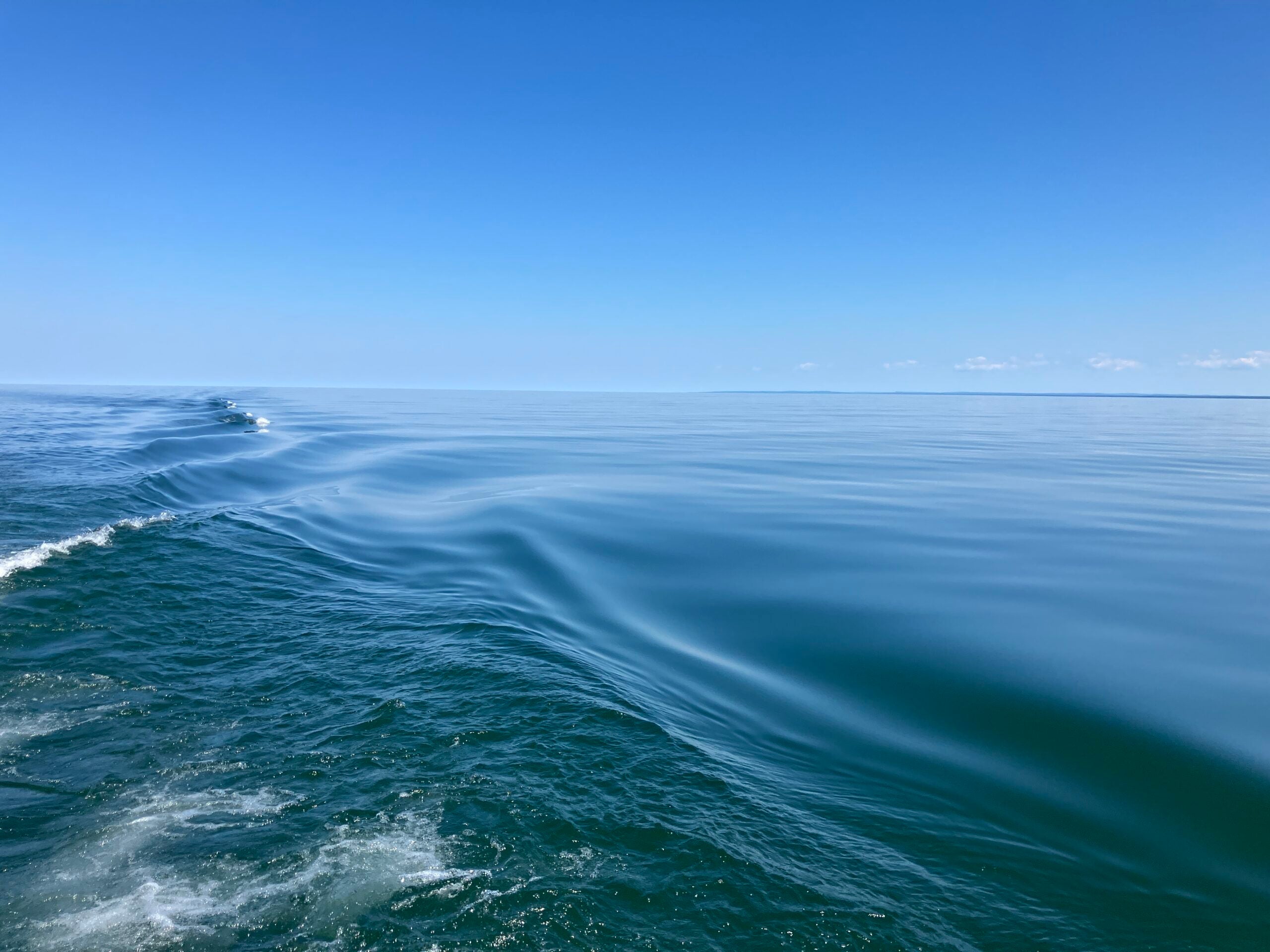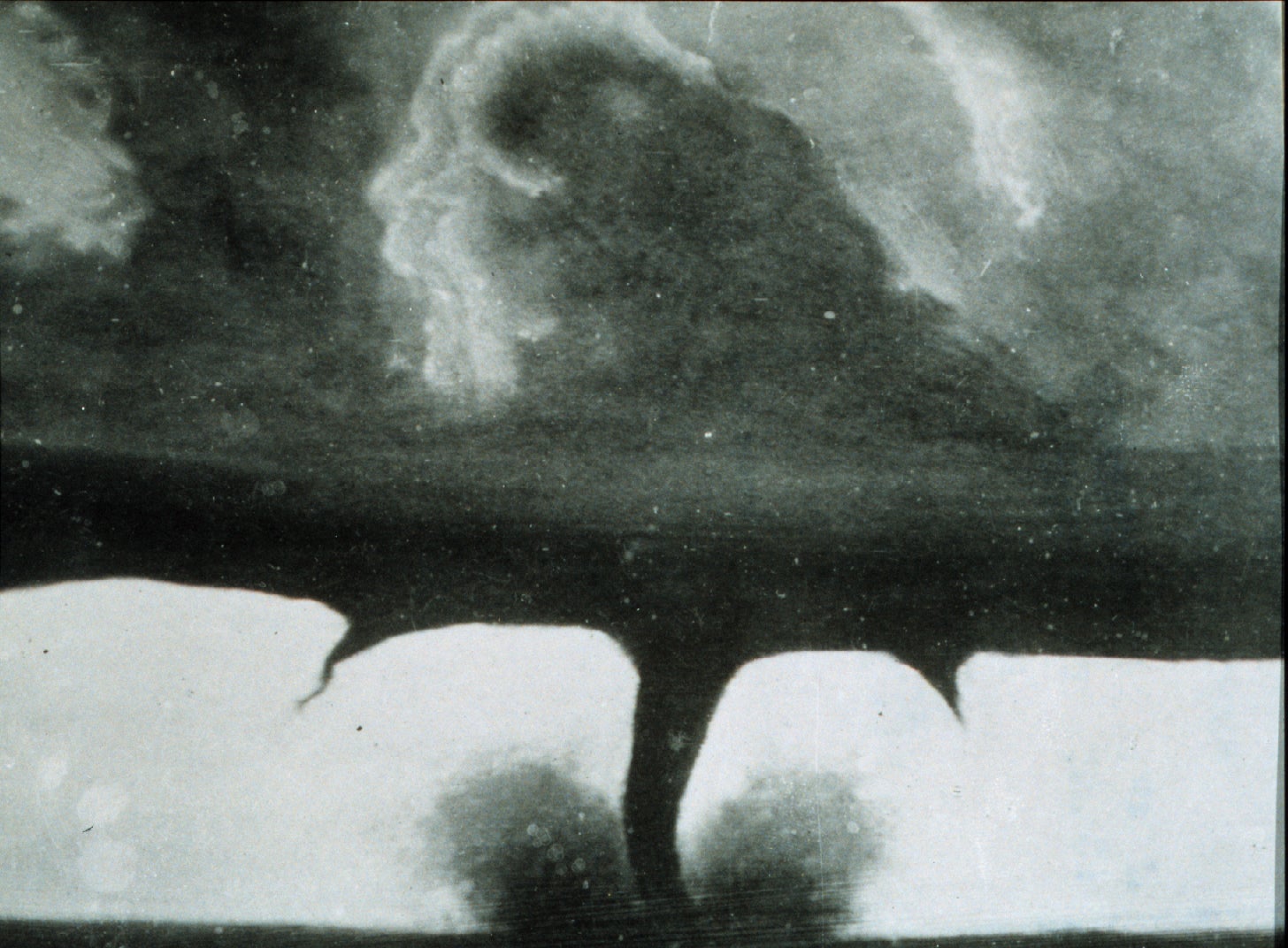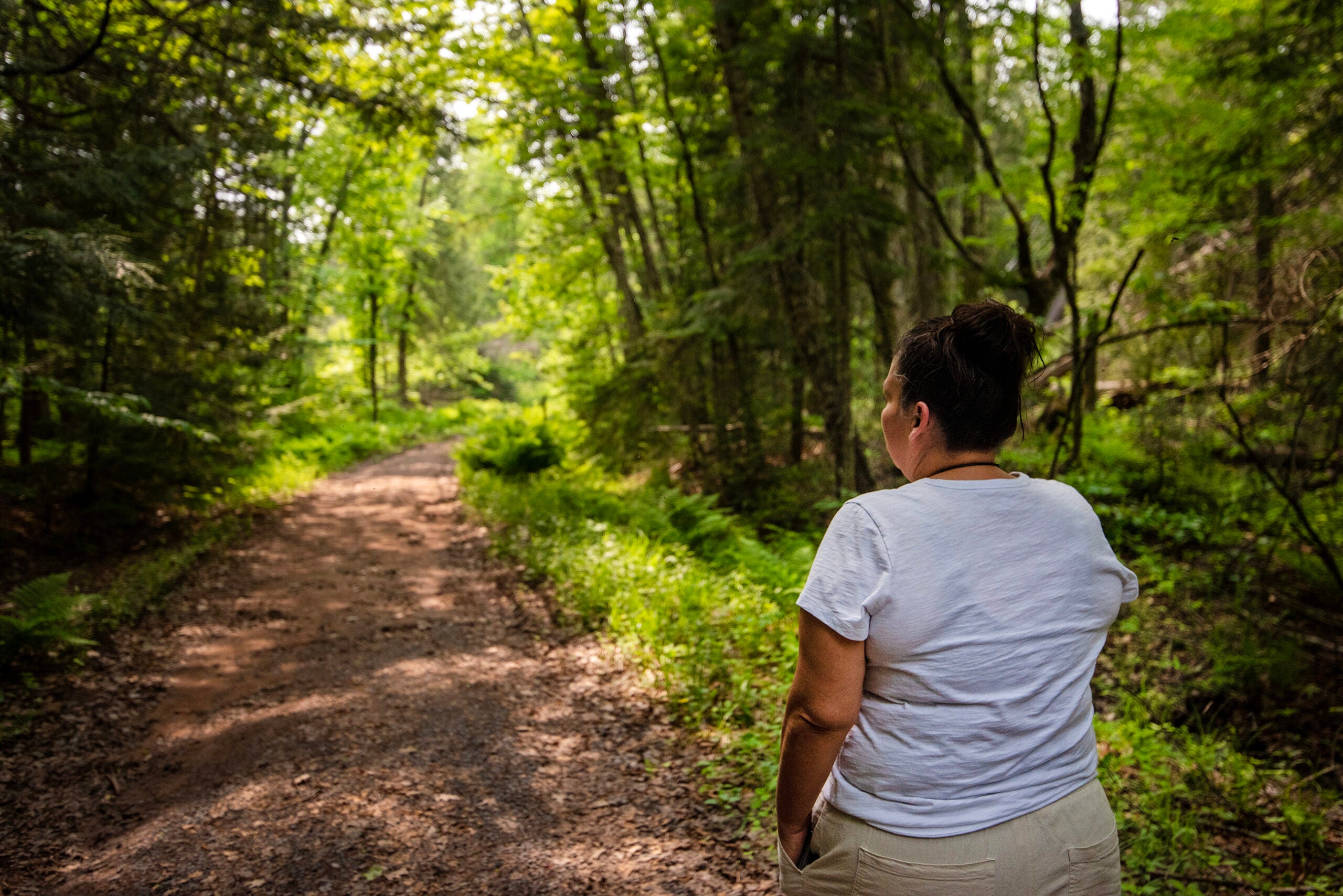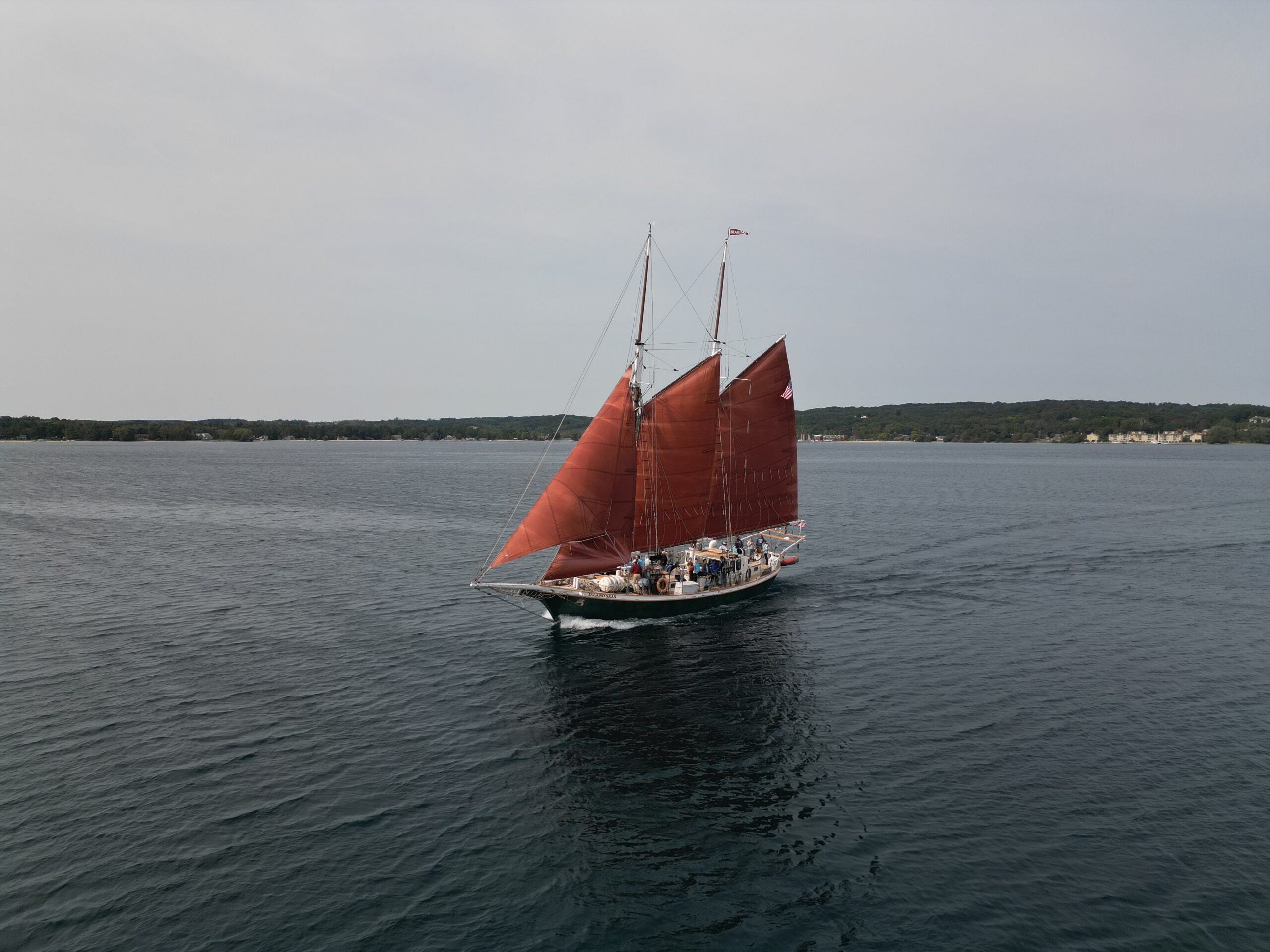In her new book, author Sue Leaf contemplates the history and environmental change of Lake Superior and her more than 30 years owning a rustic cabin on the lake’s South Shore near Port Wing.
Leaf has grown closer to the world’s largest body of freshwater — quite literally, due to erosion of the cliff encroaching on her cabin.
In a recent interview with WPR’s “The Morning Show,” Leaf discussed her observations of Lake Superior, adventurous fishermen known as bobbers, threats to migrating birds and the lasting effects of mining. Her book is called, “Impermanence: Life and Loss on Superior’s South Shore.”
News with a little more humanity
WPR’s “Wisconsin Today” newsletter keeps you connected to the state you love without feeling overwhelmed. No paywall. No agenda. No corporate filter.
The following was edited for clarity and brevity.
Kate Archer Kent: How has Lake Superior helped you live in the moment and see life differently?
Sue Leaf: I find that I am kind of taken by horizons. Horizons I think are soothing and have a calming effect that allows me to slow down and just think more carefully about what’s happening to me and to others and how to live life more gracefully. … I think it makes me a more expansive writer. I’m more inclined to see what I’m writing about in big, broad terms as being more universal and not just pertaining to me.
KAK: How do you find climate change affecting Lake Superior now?
SL: Well, the lake is warming. … It has algal blooms on occasion now, which it never did, which we have seen on the beaches. The lake is more cloudy. The high lake levels of Lake Superior, it’s hard to pin that precisely on climate change. But climate change is definitely a factor in why the lake levels are at record highs and affecting our red clay cliffs that are eroding at a rapid pace.
KAK: How quickly has erosion closed the gap between your cabin at Port Wing and the edge of the cliff?
SL: When we bought the place, the former owners told us that the cliff was eroding at a rate of about a foot per year. And over the first 30 years, it was about a foot and a half per year, which is still within the range of acceptability.
But then recently, we lost 28 feet in three years. And we began to see how close the cliff was coming to our well. We thought, “My gosh, this cabin could go into the drink in our lifetime.”

KAK: You and your husband have built a new cabin farther from the eroding cliff. How has that change been for you?
SL: I thought it’d be wrenching. But our new cabin is so wonderful, and the old cabin seemed almost immediately to have lost its soul as soon as we were out of it and the mice took over. The new cabin is small. It is at least as small as the old cabin was, maybe smaller. It has a lot more windows and it has in-floor heating. So, that’s a huge improvement.
It’s a wilderness out there, but it’s a wilderness that’s always changing because the weather changes.
Sue Leaf
KAK: What do you think about bobbers and the people who venture out on the Lake Superior ice to fish?
SL: When I first heard of bobbers and first saw them in action in 1983, I thought these guys were nuts.
We’re talking about fishermen who are out to catch really big lake trout. And the lake trout hang out in deep water, so you have to get away from the shore, far enough to reach a place where the lake is 200 feet deep. In order to do that, you walk far out onto the ice or take your snowmobile. But unless the lake is totally frozen over, which almost never happens, the lake ice is not secure. It might stay in place while you’re out there or it might break off. Bobbers run the risk of having the ice that they’re on break off and start to float away.
I’ve changed my opinion of bobbers. It’s a wilderness out there, but it’s a wilderness that’s always changing because the weather changes. Storms come in. For people who want to test themselves under wilderness conditions, this is one of the last true wildernesses in the area.
In a real wilderness, like the Boundary Waters Canoe Area, people have cell phones, portages are well packed, the campsites are worn. There’s a lot of people that pass through that “wilderness.” In the bobbing world, the wilderness is new every day.
KAK: During your summers on the South Shore, what have you observed about the migratory habits of birds?
SL: I had a couple Baird’s sandpipers land right on our shore one August day. I was reading on the beach, and the birds came in, and you could tell they were exhausted. They were sleeping very close to me, maybe too weary to be afraid of a human being.
Birds migrate because they don’t have enough food to eat, not because it gets too cold. As long as the lake remains open and the eagles have access to the fish there and also to roadkill, there’s no reason for them to undertake the stress of migration and leave their homes.
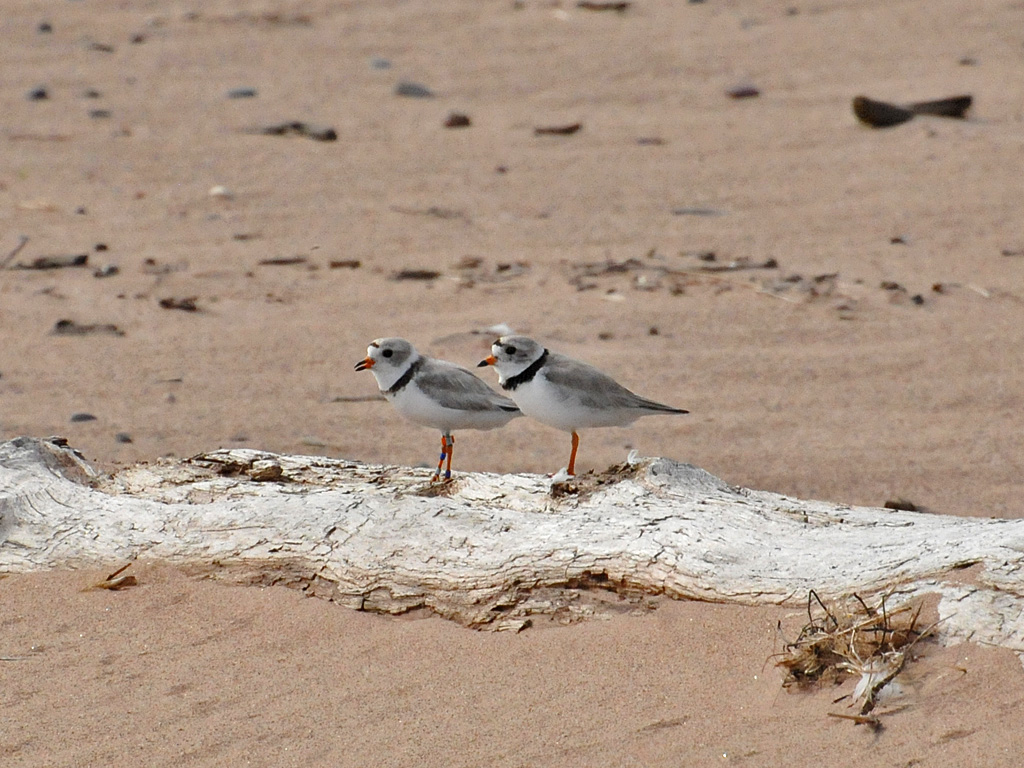
KAK: How have piping plovers fared along the South Shore?
SL: Their numbers are greatly reduced. They don’t build much of a nest. … They essentially lay their eggs right on the sand. So, if the beach where they lay their eggs is heavily trafficked by human feet and by predators, like skunks and raccoons, they’re not going to have success reproducing.
(Piping plovers) are down to very few breeding pairs off the shoreline of Lake Michigan near Sleeping Bear Dunes. They are now breeding again on some of the other Apostle Islands. … They’re an endangered species. And once listed under the Endangered Species Act, there is a plan to bring them back to a stable population.
KAK: You draw attention to the first casualty of copper mining in the region being the woods. The thick forest was no match for the axes and saws of the mining companies. How has the loss of old growth forests changed the landscape around Lake Superior?
SL: There’s been a species change. I’ve never experienced a large stretch of old growth forest, but there is an area on the tip of the Keweenaw Peninsula called the Estivant Pines of really big old trees, both pines and other species. I remember seeing warblers in the pines that I had not seen in our cutover land at the cabin. There are other wildlife species that would have lived in big expanses of forest that can’t do so now that we only have remnants.
KAK: How do mining tailings threaten fish populations in Lake Superior today?
SL: Tailings haven’t been produced for many years now, because the copper industry hasn’t been active since World War II. But the tailings were dumped in the lake … in Keweenaw Bay, a prime spawning area for fish. When riled up (in the sediment), it can get into the gills and literally suffocate fish. The tailings also changed the chemistry of the water, which is very hard for so many organisms to live in.
KAK: What evidence of the heydays of copper mining is still evident in the architecture of the towns along Lake Superior?
SL: The best is Calumet, Michigan. It’s just a remarkable town. It has these gorgeous, Richardsonian Romanesque sandstone buildings, civic buildings like their fire department, and big, gorgeous churches. An Elks hall.
Downtown businesses were built with the money made from the mines. And you can see this in other towns along the shore like Marquette, Michigan; and Duluth, Minnesota; and Superior, Wisconsin. They all have these nice, red sandstone buildings dating from the time when copper ore — and in the case of Minnesota, when iron ore — was king.
Wisconsin Public Radio, © Copyright 2026, Board of Regents of the University of Wisconsin System and Wisconsin Educational Communications Board.

